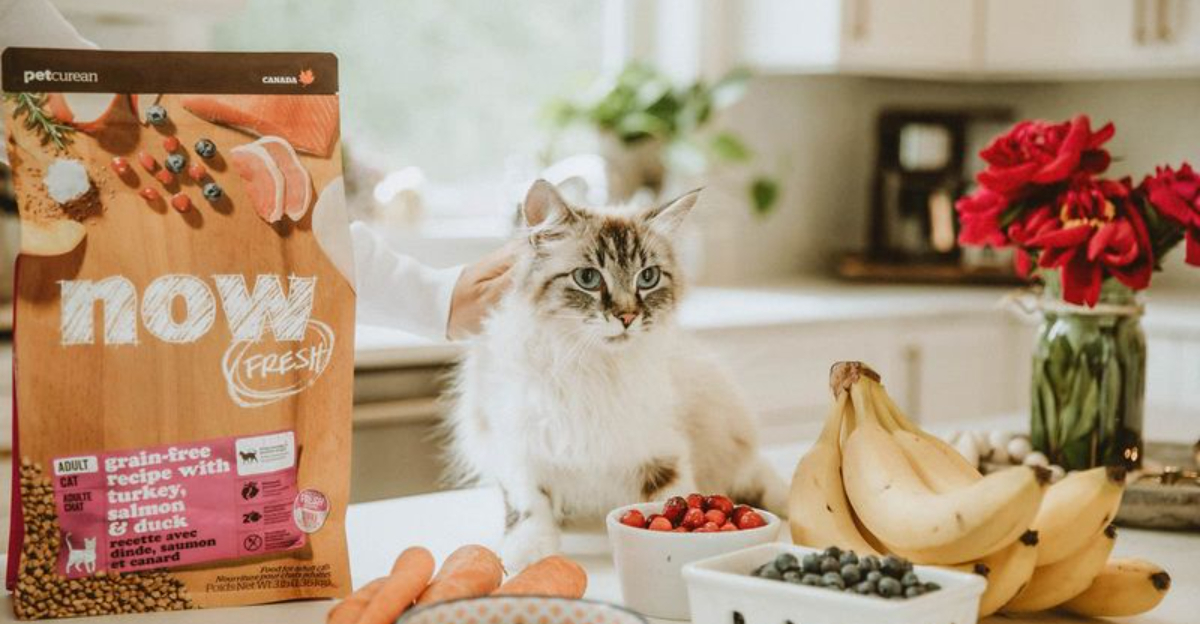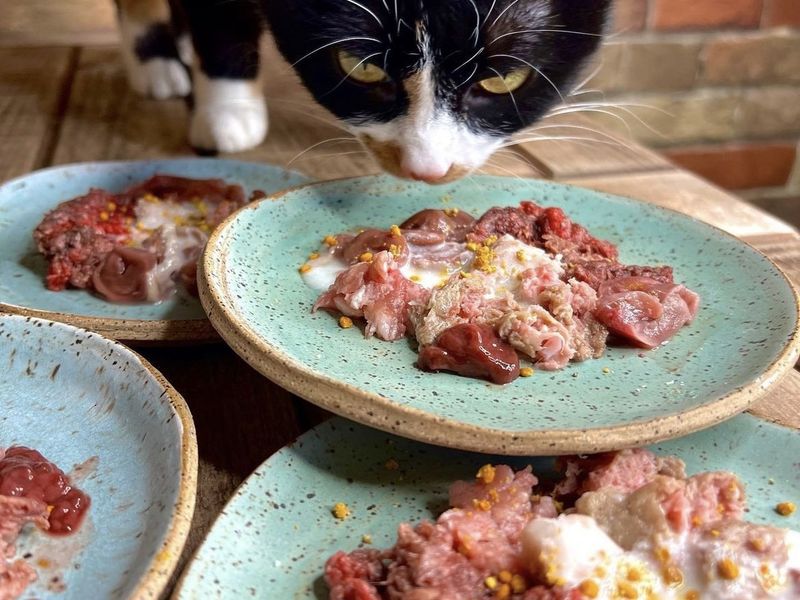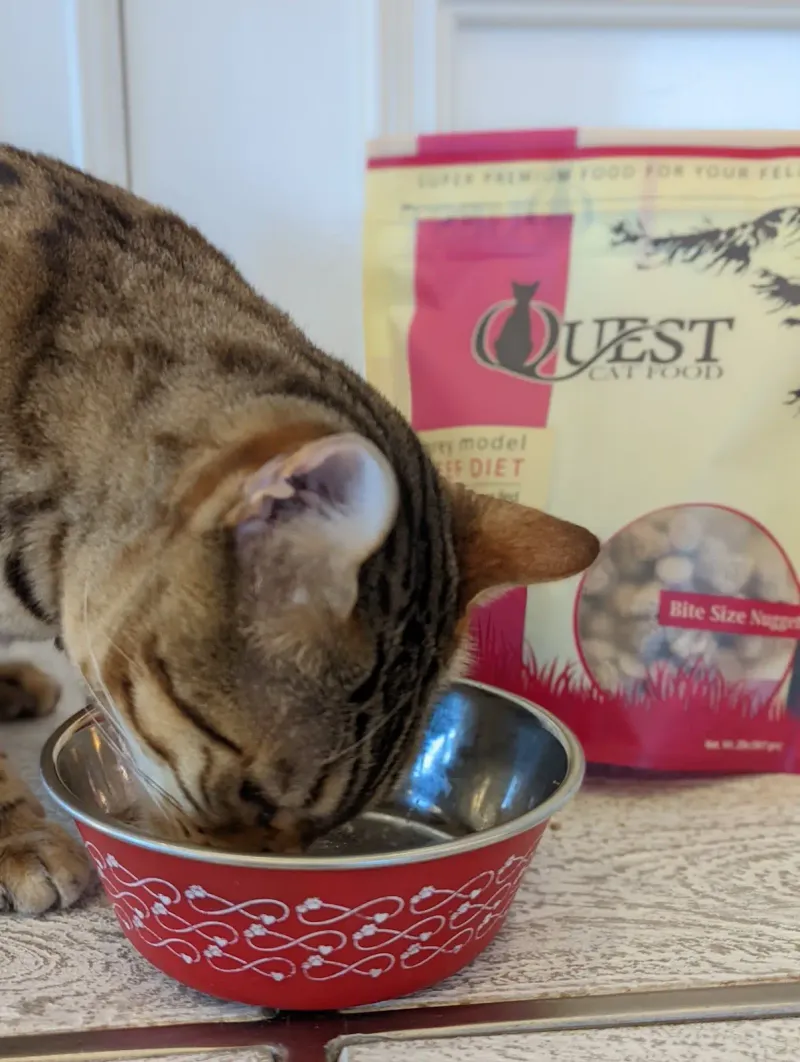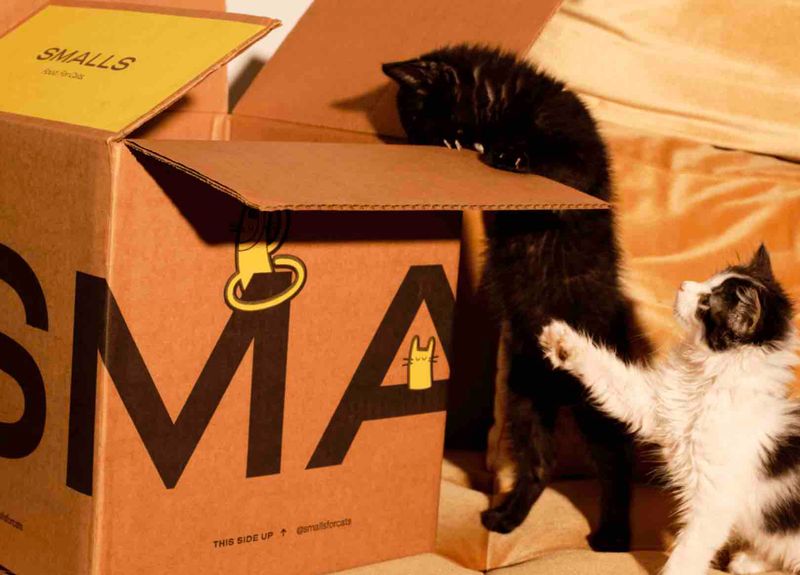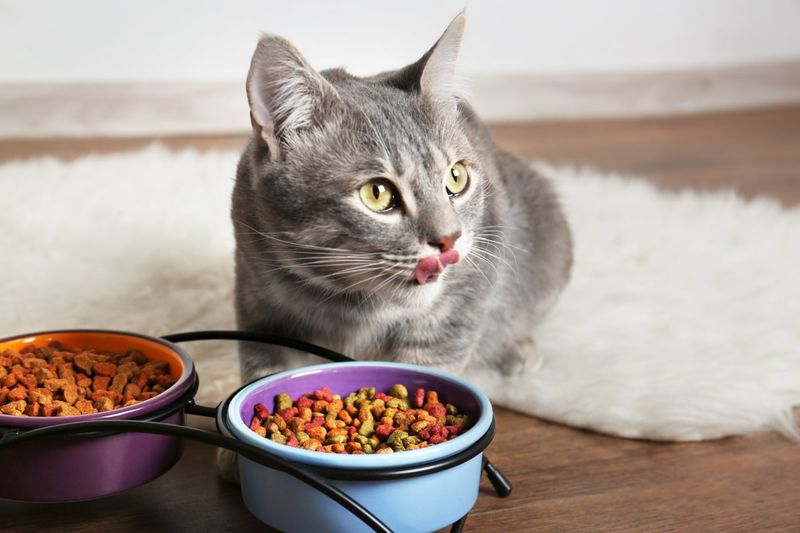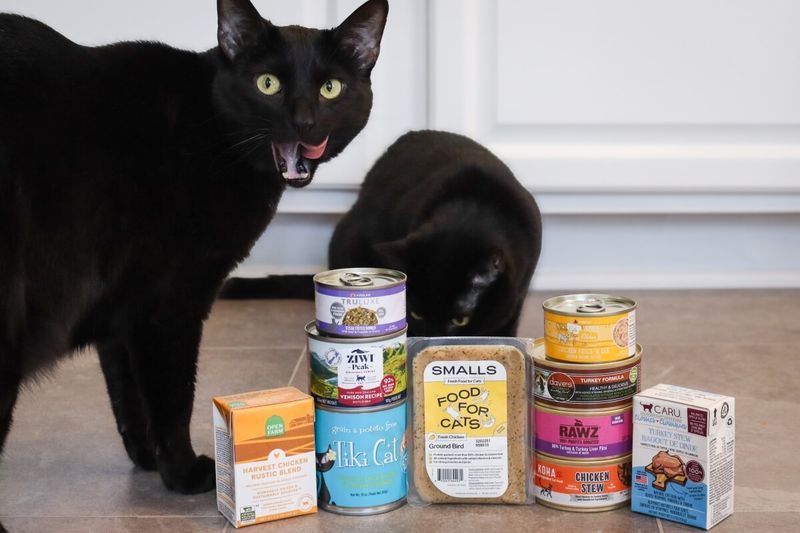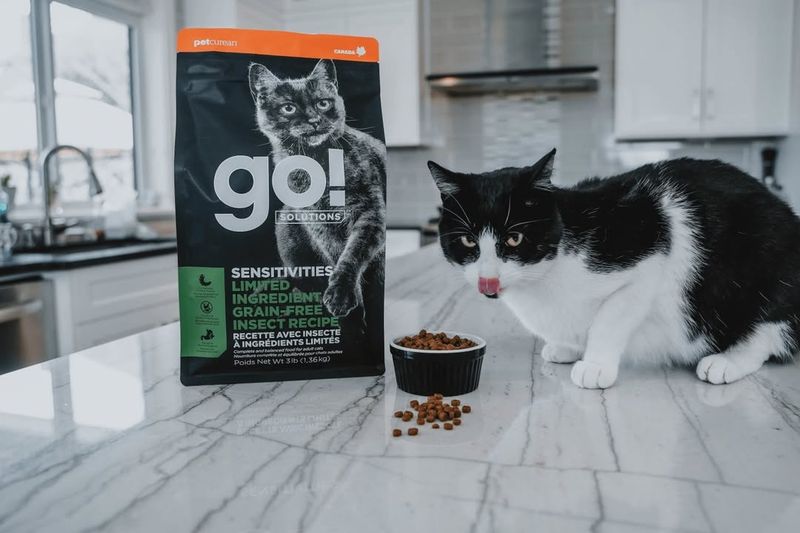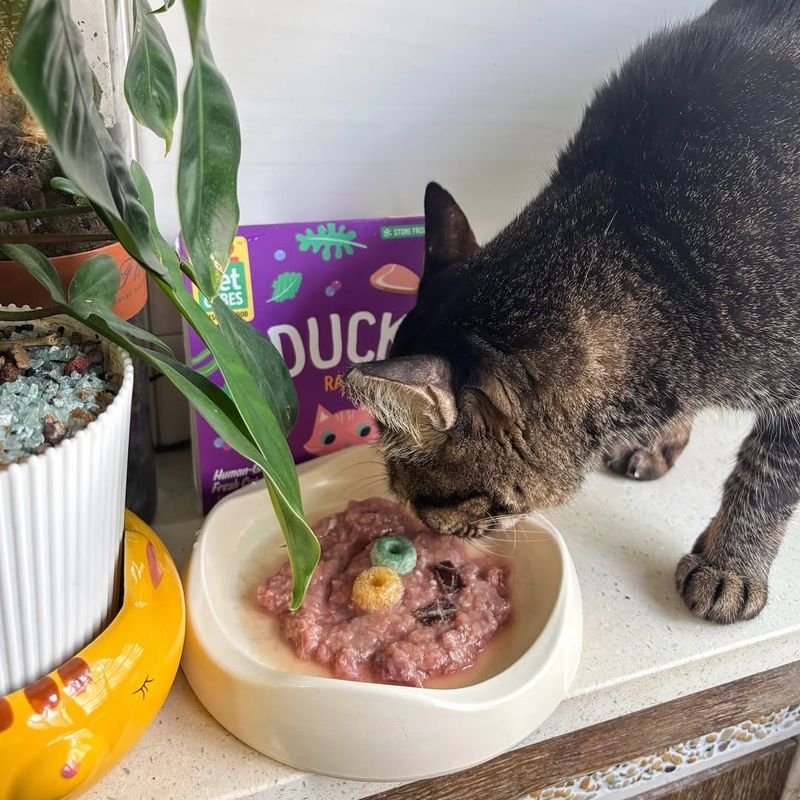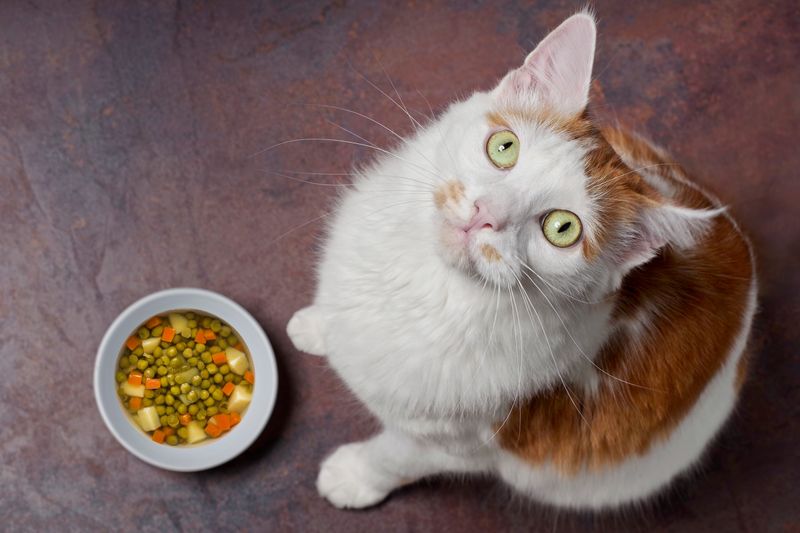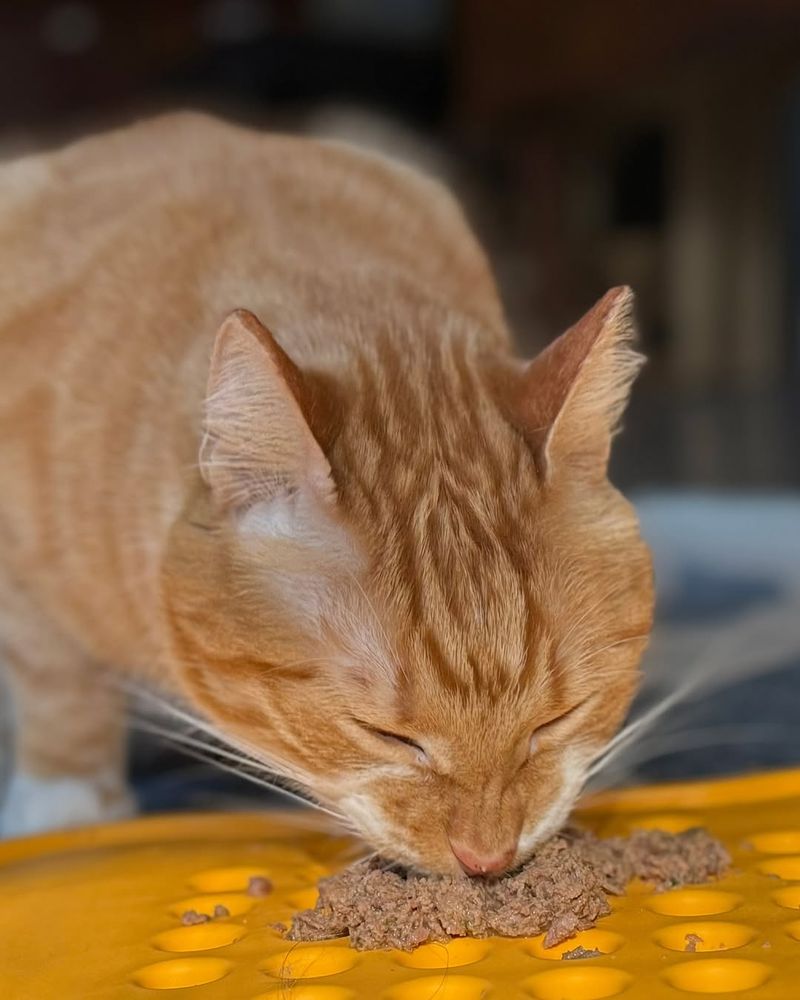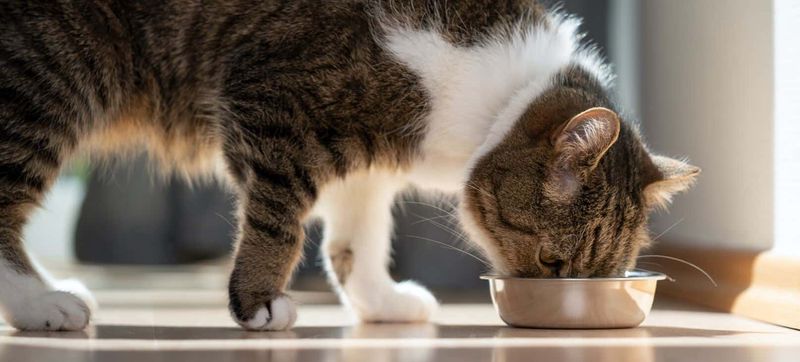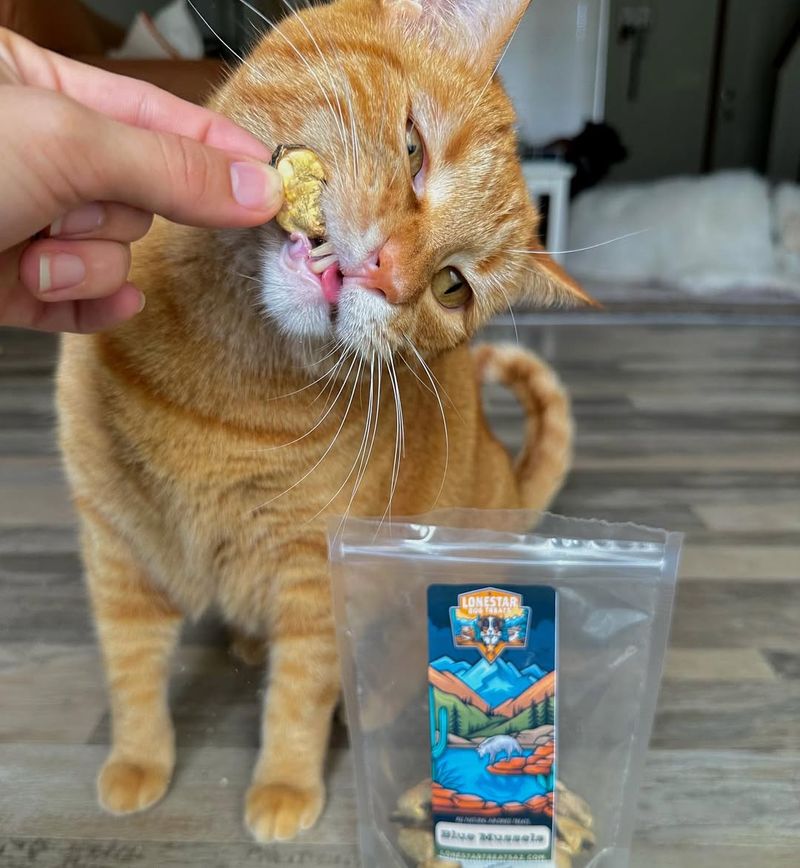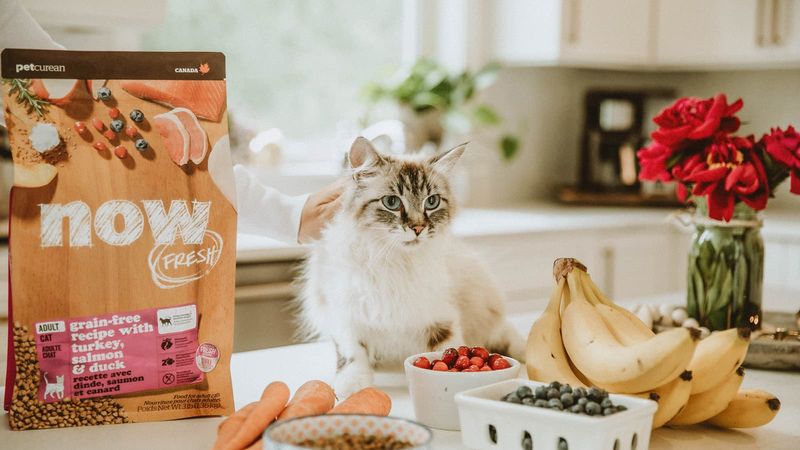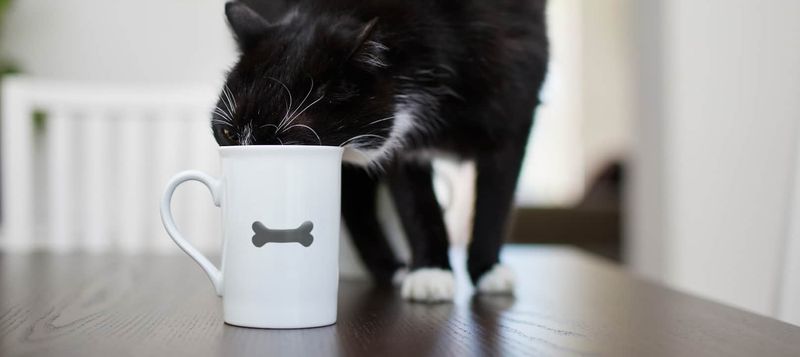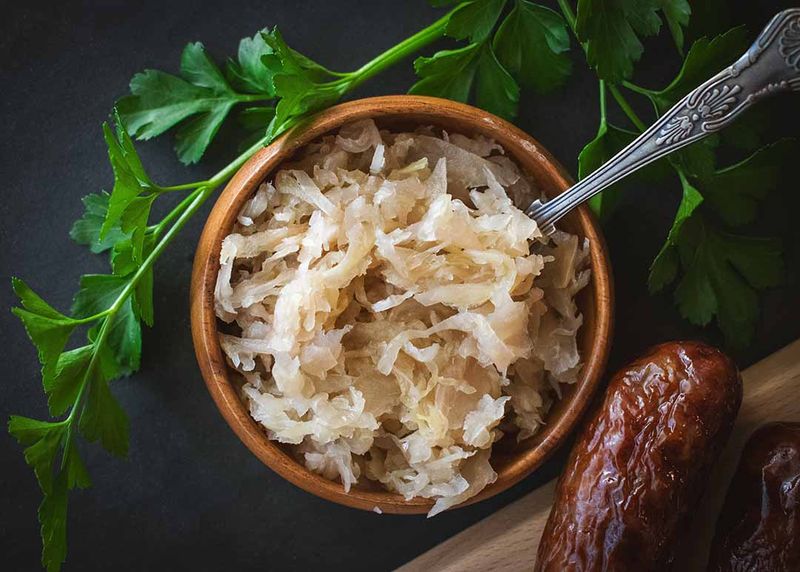📖 Table of Content:
- 1. Raw Food Diets
- 2. Freeze-Dried and Dehydrated Raw Diets
- 3. Home-Cooked and Subscription Meal Services
- 4. Grain-Free Diets
- 5. High-Protein, Low-Carbohydrate Diets
- 6. Limited Ingredient Diets (LID)
- 7. Novel Protein Diets
- 8. Insect Protein and Sustainable Alternatives
- 9. Vegan Diets for Cats
- 10. Organic and Human-Grade Foods
- 11. Probiotics and Gut Health-Focused Diets
- 12. Omega-3 Fatty Acids and “Coat/Joint Health” Supplements
- 13. Superfood Ingredients in Cat Diets
- 14. Bone Broth and Hydration-Focused Nutrition
- 15. Fermented Foods for Felines
Pet owners are embracing exciting developments in feline nutrition, driven by a desire to provide healthier, more environmentally friendly diets for their cats. Innovative approaches now focus on using high-quality, sustainable ingredients that cater to each pet’s unique needs. The pet food market is evolving to mirror the health-conscious trends seen in human diets, prioritizing transparency and natural sourcing. This shift ensures that every meal not only nourishes but also respects our planet.
The rise of innovative diets and superfoods is reshaping how we feed our furry companions. From raw and freeze-dried options to grain-free and limited ingredient recipes, these trends offer a variety of choices to address specific health concerns. Superfoods like blueberries, cranberries, and turmeric are being added to boost antioxidants and support overall vitality. Such advancements help improve digestion, enhance coat quality, and bolster immune function.
Tailored nutrition is taking center stage as pet owners seek personalized meal plans for their cats. Customized diets based on factors like age, breed, and health status are becoming increasingly popular, providing a bespoke solution for feline well-being. This approach ensures that each cat receives the exact nutrients needed for better health and longevity. Overall, these innovative nutritional strategies are transforming pet care, paving the way for a holistic and sustainable future in feline health.
1. Raw Food Diets
Biologically Appropriate Raw Food (BARF) involves feeding cats uncooked animal ingredients, including meat, organs, and bones. This approach mimics a cat’s natural prey, offering benefits like improved digestion and nutrient retention from minimally processed proteins. Advocates of raw diets highlight the healthier coats and vitality that result from such a natural diet. However, it’s crucial to balance these diets with supplements to prevent deficiencies and handle raw ingredients properly to avoid bacterial contamination. Raw diets appeal to those seeking natural alternatives, aligning with the trend towards less processed cat foods.
2. Freeze-Dried and Dehydrated Raw Diets
Freeze-dried and dehydrated raw diets use low-heat processes to preserve raw ingredients while removing moisture for shelf stability. These diets maintain the nutritional profile of raw foods and offer enhanced protein quality and digestibility. They appeal to pet owners seeking the benefits of raw diets without direct handling of raw meat. By rehydrating before feeding, these diets provide ease and safety. Despite their convenience, it’s essential to ensure they are balanced nutritionally. They offer a bridge between raw and conventional feeding practices, marking a significant trend among health-conscious cat owners.
3. Home-Cooked and Subscription Meal Services
Fresh home-cooked and subscription meal services are gaining traction among cat owners who desire high-quality, human-grade meals for their pets. These diets often include pre-portioned, balanced meals delivered to your door, combining the appeal of homemade quality with convenience. They are especially beneficial for cats with specific dietary needs or sensitivities, providing improved palatability and digestibility. However, it’s important to follow veterinary guidance to ensure all nutritional requirements are met. Such services reflect the growing trend towards personalized and high-standard pet nutrition, giving owners peace of mind and their pets optimal health.
4. Grain-Free Diets
Excluding traditional cereal grains, grain-free diets focus on animal proteins and substitute alternative carbohydrate sources such as peas or potatoes. They are specifically designed for cats with food sensitivities by reducing filler ingredients and potentially enhancing digestion. Even though true grain allergies in cats are rare, many owners select these diets based on their perceived health advantages. It is essential, however, to ensure these meals are nutritionally balanced and meet all feline requirements. Grain-free options have surged in popularity as part of a broader shift towards specialized diets for pets.
5. High-Protein, Low-Carbohydrate Diets
Emphasizing animal-sourced proteins and minimal carbohydrates, these high-protein, low-carbohydrate diets are designed to mirror cats’ inherent carnivorous nature. They promote lean muscle development and assist in managing both weight and energy levels, making them particularly beneficial for diabetic or overweight cats. This nutritional strategy stresses the importance of quality protein and strict portion control while addressing the unique dietary requirements of felines. It reflects a broader shift towards health-focused, specialized feeding practices that prioritize the specific needs of our pets. Ultimately, achieving the right balance in these diets is essential for maximizing their effectiveness and supporting overall vitality.
6. Limited Ingredient Diets (LID)
Enabling owners to quickly pinpoint and avoid problematic ingredients, LIDs are particularly advantageous for cats with food sensitivities or chronic digestive issues. It’s crucial that these diets are nutritionally complete and balanced to meet all of a cat’s dietary needs. This method is increasingly favored by pet owners looking to address specific health concerns through targeted nutrition. Adopting LIDs reflects a broader movement toward transparency and simplicity in pet feeding practices. With a minimal list of ingredients, owners have greater assurance about what their cats are consuming. The streamlined formula not only reduces the risk of adverse reactions but also simplifies the process of identifying potential allergens. This approach ultimately supports a healthier, more manageable diet for felines.
7. Novel Protein Diets
New protein diets introduce uncommon proteins such as venison, duck, or rabbit, offering alternative options for cats with allergies to conventional meats. These exotic proteins help reduce allergic reactions and provide diverse amino acid profiles. They are appealing to owners looking for hypoallergenic solutions or simply wanting variety. However, genuine novelty requires the cat not to have been previously exposed to the protein. Cost and availability can be considerations. Such diets reflect the trend towards more personalized feeding strategies, catering to individual dietary needs and preferences for better feline health.
8. Insect Protein and Sustainable Alternatives
These proteins provide a complete amino acid profile and are environmentally friendly, requiring fewer resources than traditional livestock. They present an innovative option for cats with certain allergies. As environmental awareness grows, these diets are becoming more popular among eco-conscious pet owners. While still emerging, they hold promise for a more sustainable future in pet nutrition. Long-term studies on their digestibility and safety are ongoing, reflecting a frontier in innovative cat feeding.
9. Vegan Diets for Cats
Plant-based and vegan diets for cats, though controversial, are designed with plant proteins and synthetic supplements to meet nutritional needs. These diets attract owners with ethical or environmental concerns. While they can support basic health when carefully formulated, many veterinarians advise caution due to potential nutrient deficiencies. Regular veterinary monitoring is essential if pursuing this option. This trend reflects a broader shift towards alternative dietary choices in pet nutrition. It challenges traditional feeding norms and emphasizes the need for careful consideration and expert guidance when choosing plant-based options for obligate carnivores like cats.
10. Organic and Human-Grade Foods
These high-standard products are particularly attractive to those pursuing cleaner and safer feeding choices. They embody the trend toward natural, responsibly sourced ingredients, aligning with a broader movement for sustainable living. Despite typically having a higher cost and shorter shelf life, these foods represent a steadfast commitment to excellence in pet nutrition. This dedication to quality offers pet owners the reassurance that their cats are receiving top-tier care with every meal. As consumer awareness grows, organic and human-grade cat foods are gaining traction in the pet market. More owners are demanding clear, transparent sourcing and processing methods, pushing manufacturers to elevate their standards. This shift is part of a larger trend towards informed and conscientious feeding practices that prioritize both health and ethical production.
11. Probiotics and Gut Health-Focused Diets
Diets fortified with probiotics and prebiotics aim to enhance digestive health in cats. These diets support nutrient absorption and bolster immune function, helping regulate gastrointestinal issues. This aspect of functional nutrition reflects a growing interest in health-focused feeding strategies for pets. Probiotics for cats must be introduced gradually and come from cat-specific formulations to avoid digestive upset. Owners are increasingly seeking these options to address specific health concerns and improve overall well-being. The trend towards gut health signifies a deeper understanding of the critical role of digestion in maintaining a healthy and happy pet.
12. Omega-3 Fatty Acids and “Coat/Joint Health” Supplements
Omega-3 enriched diets have become a cornerstone in promoting feline health, focusing on healthy skin, lustrous coats, and robust joint function. These essential fats are also recognized for their role in supporting cognitive health and reducing inflammation. Many premium cat foods now include omega-3s, and standalone supplements are a popular addition among pet owners. However, careful dosing is critical to avoid potential gastrointestinal issues, making consultation with a veterinarian essential. This scientific approach to nutrition underscores a commitment to evidence-based, health-oriented feeding practices. By incorporating omega-3 fatty acids, pet owners are embracing a proactive strategy that goes beyond basic nutrition. This focus not only enhances physical attributes like coat and joint health but also supports overall cognitive well-being.
13. Superfood Ingredients in Cat Diets
Superfoods in cat diets include ingredients like blueberries, cranberries, and pumpkin, known for their antioxidant properties and essential vitamins. These foods can enhance immune function, support urinary tract health, and aid digestion. Typically used as nutritional enhancers rather than main components, superfoods complement a meat-based diet without replacing essential animal proteins. They reflect a trend towards boosting overall vitality and well-being in pets. Owners appreciate the added nutritional value superfoods offer, aligning with a broader movement towards enriched and balanced feeding practices. Such ingredients provide an attractive option for enhancing cat nutrition.
14. Bone Broth and Hydration-Focused Nutrition
This nourishing elixir not only enhances the flavor of your cat’s meals but also fortifies their diet with important bioactive compounds. It has gained popularity as pet owners look for natural ways to boost their cat’s nutritional intake without relying solely on conventional food. In many cases, bone broth is considered an easy and palatable method to enrich a cat’s daily regimen. Beyond its nutritional content, bone broth plays a critical role in promoting proper hydration—a key factor for cats, especially those prone to dehydration or kidney concerns. The soothing, liquid nature of the broth encourages cats to drink more, thereby supporting kidney health and overall fluid balance. Its rising popularity reflects a broader trend towards supplemental hydration in feline diets.
15. Fermented Foods for Felines
Fermented foods are making their way into the world of cat nutrition, offering a wealth of benefits. Rich in probiotics, these foods support digestive health, boost the immune system, and enhance nutrient absorption. For cats, fermented vegetable mixes can be a delightful addition to their diet, providing a natural source of probiotics. Introducing small amounts into your cat’s diet can help maintain a healthy gut flora. It’s important to start with tiny portions and gradually increase the amount to monitor your cat’s reaction. Always choose products specifically made for cats to ensure safety. Fermented foods can also enhance the flavor diversity of your cat’s meals, making each feeding experience exciting. However, consulting a veterinarian before making significant dietary changes is advisable.
